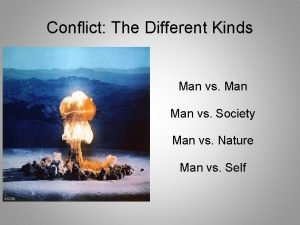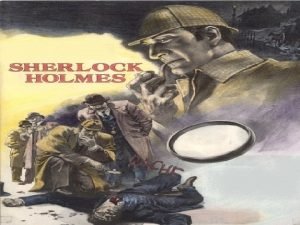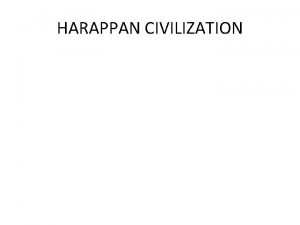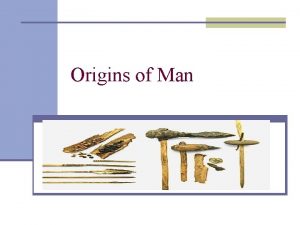The Rise of Civilization Introduction Man first appeared








- Slides: 8

The Rise of Civilization

Introduction Man first appeared on earth during a period known as the Stone Age, or prehistoric times. The Stone Age began about two million years ago and ended about 3, 000 BCE. Most of earliest man’s time was spent looking for food. He ate fish, wild animals, berries, nuts, and roots. People did not know how to grow crops or raise animals until near the end of the Stone Age.

Introduction During these years, man’s intelligence gradually increased. As his brain developed, he became smarter than any animal on earth. Spoken languages came into being and people spent more time in groups than by themselves. Tools were made from wood, bone, and stone. The spear, needle, and fishhook were invented. In time, man learned to control fire, took an interest in art, and formed religious beliefs.

Introduction About 3, 000 BCE, people devised a system of writing and began living in cities. These events brought the Stone Age to an end and marked the beginning of civilization. “Civilization” is a period during which man has made many significant advances in ways of living.

Characteristics of Civilization Civilized societies developed certain characteristics which prehistoric Stone Age cultures did not have: a system of writing cities and towns states separated by definite boundary lines organized governments farmers, herdsmen, and fishermen who produced food for specialized workers— blacksmiths, carpenters, shopkeepers, priests, government officials—who furnished manufactured goods and a variety of services more leisure time roads and harbors temples, palaces, and monuments trade routes organized religions a variety of metal tools and weapons a system of education the use of science and mathematics bookkeeping and recordkeeping

Learning About Civilizations The first civilizations on earth grew up in Egypt, the Middle East, the Indus Valley of India, and the Huang He Valley of China. Each of these civilizations had the characteristics listed above. We know about the people of ancient times because of the work of anthropologists and archaeologists. “Anthropologists” are people who study the ways of living of early man. They try to learn about such things as customs, eating habits, family patterns, religion, art, and government. “Archaeologists” search for and study “artifacts”—like tools, weapons, and dishes—which were used by people of long ago. Artifacts are often found in caves, on sites where settlements were once located, and in graves. By studying these remains, archaeologists can learn about ways of living of prehistoric man.

Coin Analysis Pretend that you are an archaeologist living in the year 5, 000 CE. You have just found the coin pictured below. Assume you have never seen the coin before, that you have never heard of the United States, and that you know nothing at all about the people who made the coin. Pretend this coin is an artifact which was found at a site where people lived thousands of years earlier. The coin is the only source of information available about these people. As an archaeologist, it is your job to draw conclusions about the people who made the coin. Briefly describe these people and their ways of living based on information found on the coin. Try to write at least ten (8) descriptions. List five (4) things that CANNOT be determined about these people from the information on the coin.

Coin Analysis
 Man v society definition
Man v society definition Description of sherlock holmes appearance
Description of sherlock holmes appearance Rise and rise again
Rise and rise again Tricky dicky richard nixon
Tricky dicky richard nixon Rise and rise again until lambs become lions
Rise and rise again until lambs become lions Rise and rise again until lambs become lions origin
Rise and rise again until lambs become lions origin Lesson 2 the neolithic revolution
Lesson 2 the neolithic revolution Greek civilization began in an area dominated by
Greek civilization began in an area dominated by The rise of greek civilization
The rise of greek civilization















